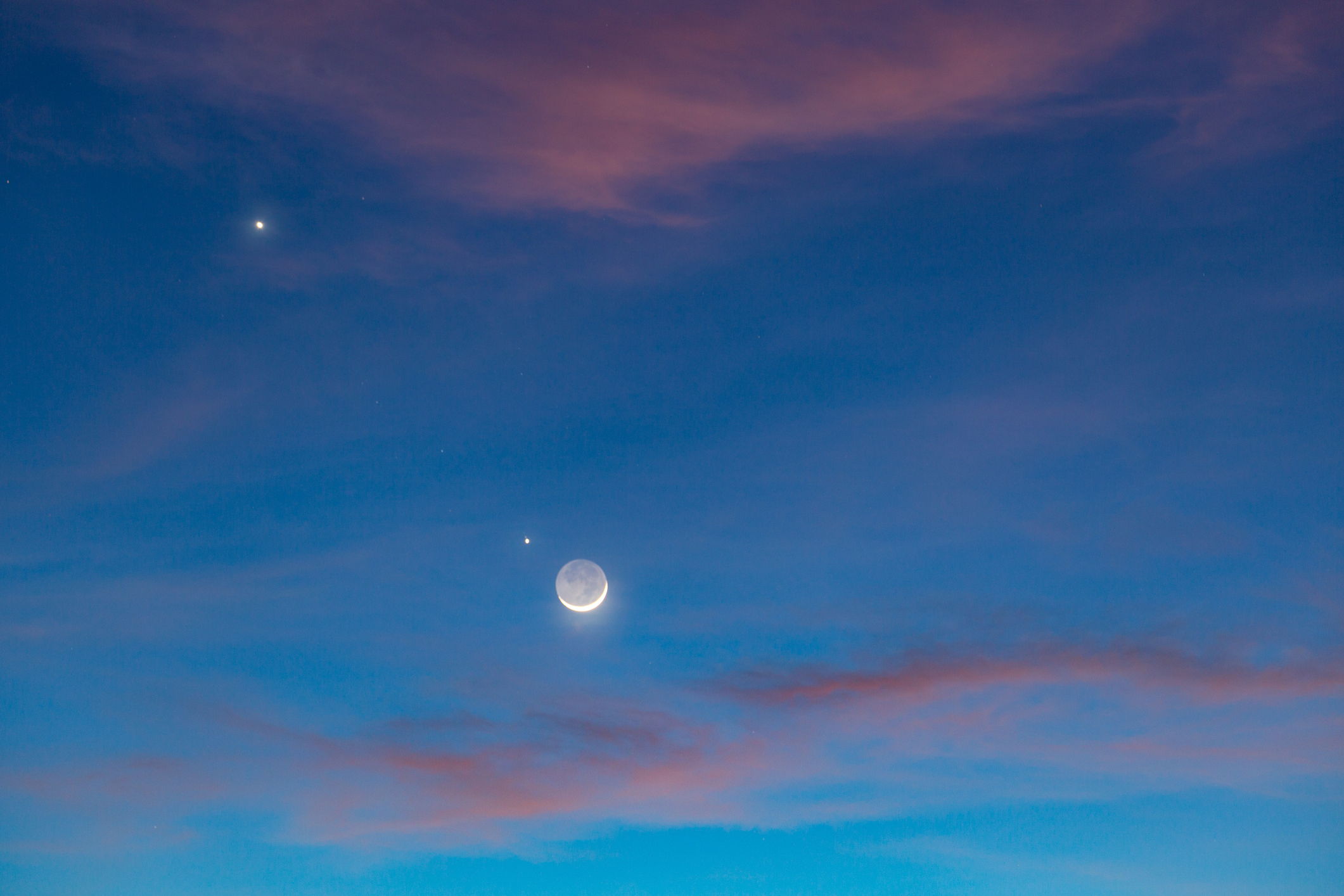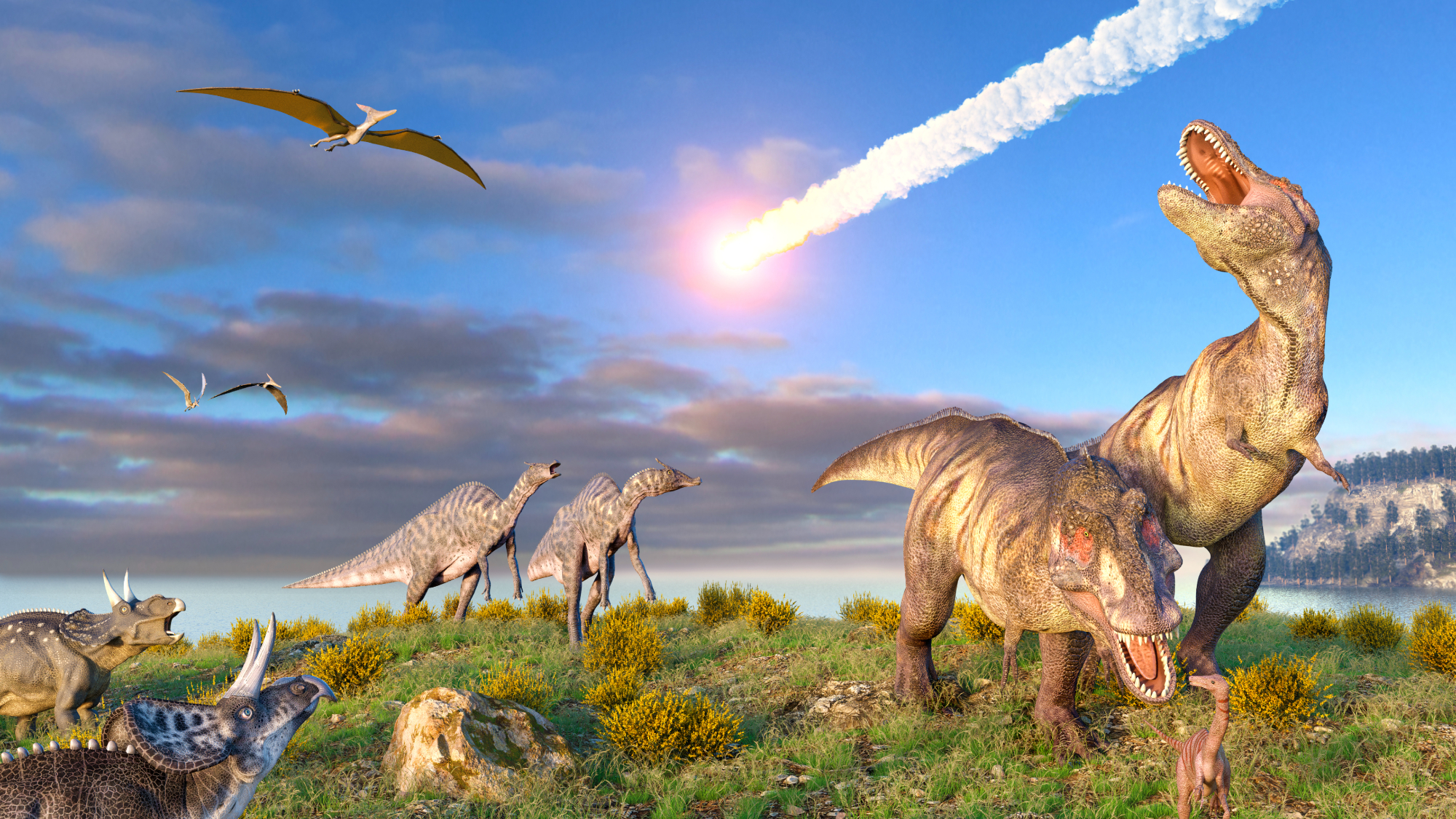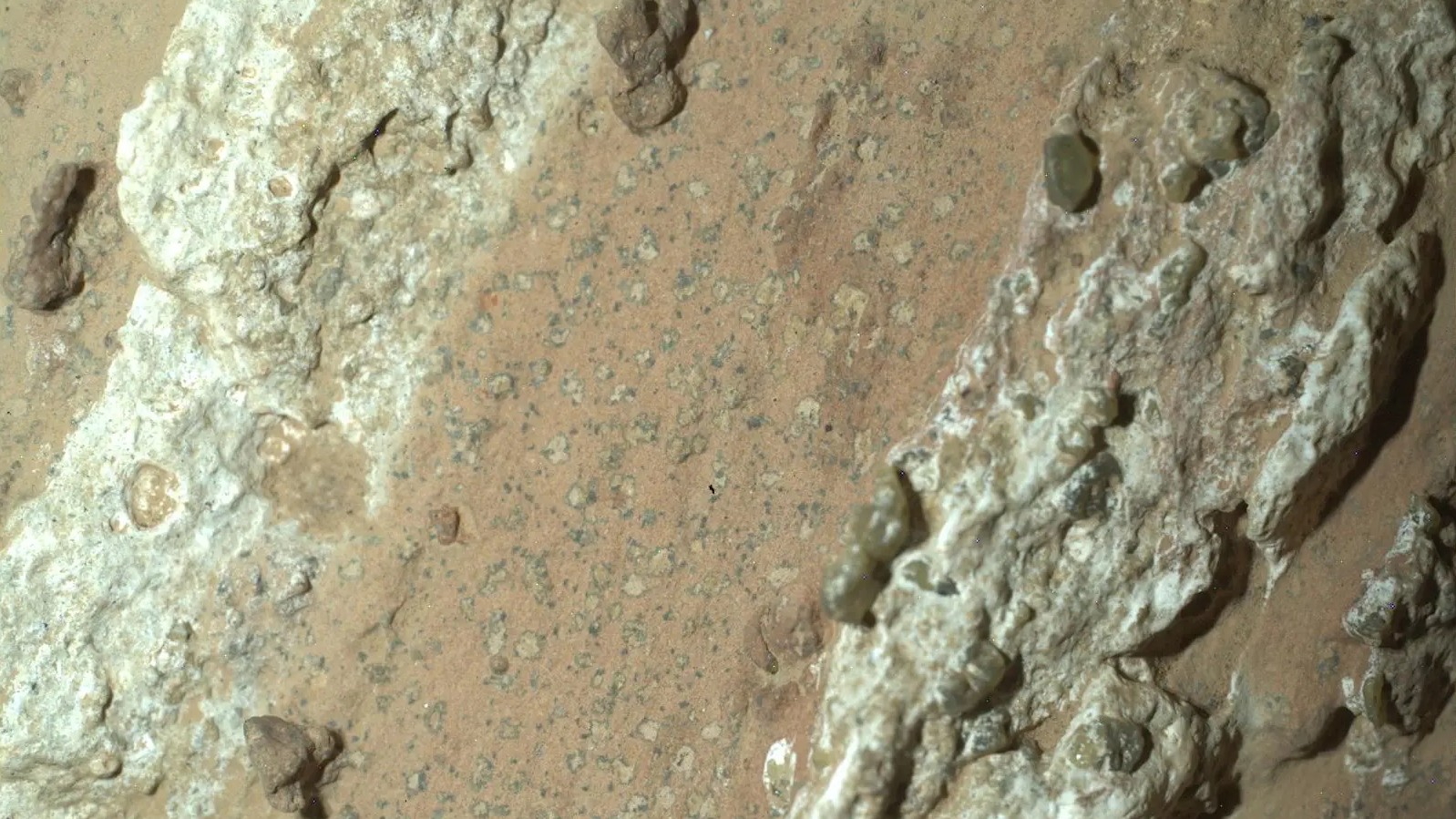How to watch 5 planets align in the night sky on Tuesday


Five planets will align in the night sky on Tuesday evening in a stunning astronomical spectacle. The alignment of Mercury, Venus, Mars, Jupiter, and Uranus will be visible starting on Tuesday and mostly continue through Friday, CNN reports.
The planets will appear "kind of like pearls on a necklace," according to Cameron Hummels, a computational astrophysicist at the California Institute of Technology. According to experts, Tuesday is the best day to see the sight and binoculars may be necessary, especially to see Mercury and Uranus which are dimmer than the others, per The Associated Press.
The phenomenon can be seen from both the northern and southern hemispheres as long as there are clear skies and a view of the west. Venus will be the easiest planet to see, being the brightest of the bunch. In order to see all five planets, you should look at the sky just after sunset, because Jupiter and Mercury will dip below the horizon just after, according to NASA astronomer Bill Cooke.
The Week
Escape your echo chamber. Get the facts behind the news, plus analysis from multiple perspectives.

Sign up for The Week's Free Newsletters
From our morning news briefing to a weekly Good News Newsletter, get the best of The Week delivered directly to your inbox.
From our morning news briefing to a weekly Good News Newsletter, get the best of The Week delivered directly to your inbox.
Planetary alignments appear every so often, with the last five-planet one occurring last summer and another one coming up in June with different planets, per AP. This one is rare because much of it can be seen with the naked eye even in areas with light pollution. In February, Jupiter and Venus crossed paths in the night sky.
"That's the beauty of these planetary alignments. It doesn't take much" to enjoy, Cooke remarked.
A free daily email with the biggest news stories of the day – and the best features from TheWeek.com
Devika Rao has worked as a staff writer at The Week since 2022, covering science, the environment, climate and business. She previously worked as a policy associate for a nonprofit organization advocating for environmental action from a business perspective.
-
 What role will Trump play in the battle over Warner Bros. Discovery?
What role will Trump play in the battle over Warner Bros. Discovery?Today’s Big Question Netflix, Paramount battle for the president’s approval
-
 ‘The menu’s other highlights smack of the surreal’
‘The menu’s other highlights smack of the surreal’Instant Opinion Opinion, comment and editorials of the day
-
 Education: More Americans say college isn’t worth it
Education: More Americans say college isn’t worth itfeature College is costly and job prospects are vanishing
-
 Blue Origin launches Mars probes in NASA debut
Blue Origin launches Mars probes in NASA debutSpeed Read The New Glenn rocket is carrying small twin spacecraft toward Mars as part of NASA’s Escapade mission
-
 ‘The Big Crunch’: why science is divided over the future of the universe
‘The Big Crunch’: why science is divided over the future of the universeThe Explainer New study upends the prevailing theory about dark matter and says it is weakening
-
 Dinosaurs were thriving before asteroid, study finds
Dinosaurs were thriving before asteroid, study findsSpeed Read The dinosaurs would not have gone extinct if not for the asteroid
-
 The moon is rusting
The moon is rustingUnder the radar The Earth is likely to blame
-
 Panspermia: the theory that life was sent to Earth by aliens
Panspermia: the theory that life was sent to Earth by aliensUnder The Radar New findings have resurfaced an old, controversial idea
-
 Africa could become the next frontier for space programs
Africa could become the next frontier for space programsThe Explainer China and the US are both working on space applications for Africa
-
 NASA reveals ‘clearest sign of life’ on Mars yet
NASA reveals ‘clearest sign of life’ on Mars yetSpeed Read The evidence came in the form of a rock sample collected on the planet
-
 SpaceX breaks Starship losing streak in 10th test
SpaceX breaks Starship losing streak in 10th testspeed read The Starship rocket's test flight was largely successful, deploying eight dummy satellites during its hour in space
